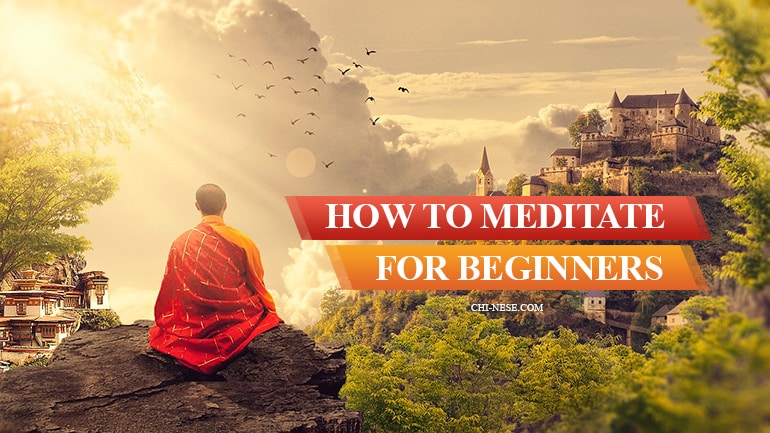Dr. Philippe Goldin, who spent several years in India and Nepal studying Buddhist philosophy, once said: “The goal of meditation is not to get rid of thoughts or emotions. The goal is to become more aware of your thoughts and emotions and learn how to move through them without getting stuck.”
The lives of many of us are reminiscent of a roller coaster ride. It is an unstoppable ride with big curves; we’re either up or down. We often focus on the final destination instead of enjoying the process and our minds are so busy that we forget what the present moment is.
Meditation is one of the best ways to find inner harmony, become more resilient to stress, and helps us in overall well-being since meditation releases serotonin, known as a happy hormone.
Taking a few minutes for meditation each day not only helps us to become calmer, but it also affects our brains; it can improve memory, concentration, and ability to learn. Meditation has a huge range of benefits and is a tool that is accessible to everyone. But how many of us are using it?
Now that we know the benefits of meditation and why it is recommended to meditate on a daily basis, or at least several times a week, let’s look at how to meditate.
How to meditate for beginners
If you’re a complete beginner, before you begin with meditation, promise that you won’t set too high requirements for yourself. This is your first meditation and nobody wants perfection on your first try. Moreover, perfection is not perfect. We can only learn from mistakes, so we should accept them and learn from them.
Although the method of meditation is not specifically designed, there are two things that are important to beginners: position and environment. Meditation can be practiced anywhere, as well as in almost any position – but beginners need to learn the principle and practice it in silence and in an appropriate position to help them fully focus on themselves, their body and their thoughts.
To begin with, find a place where nothing will disturb you, where you feel safe even with your eyes closed and where you feel comfortable. A comfortable space can increase the effect of meditation and you can also learn to relax much faster.

Position
It may take a little longer to find the right position. You will recognize it as soon as your body feels uncomfortable after 10 minutes in one sitting or lying position. If one position does not suit you, try another.
Look for a position that is comfortable and does not cause any neck or back pain. There are a number of meditation positions. However, for beginners, it is best to find one that suits you best.
Procedure
You can either enjoy pleasant music (sound of the sea or rain forest, singing birds, fine piano music) or you can practice meditation in peace and quiet. The principle is a deep perception in the present moment; here and now.
During this, you will be fully focused on your breath, on every part that the inhaled air passes through, as it lifts your abdominal cavity and, on the contrary, constricts as you exhale.
If you still feel that you have a problem concentrating on your breath and the present moment, you can find audio recordings of guided meditations on-line, which are great for beginners.
Things to keep in mind
1. Don’t be hard on yourself and don’t want perfection; it is your first meditation, and like other things, everything takes time and practice.
2. Stop seeing meditation as something that takes you time. In fact, meditation gives you time. Over time, you will find out how much precious time it has given you.
3. Start where you are, use what you have, do what you can. The internet is full of free guided meditations or relaxing sounds and everything you need is already available.
Are you ready to give love and care to your soul and body? Be sure to check out our meditation affirmations!








